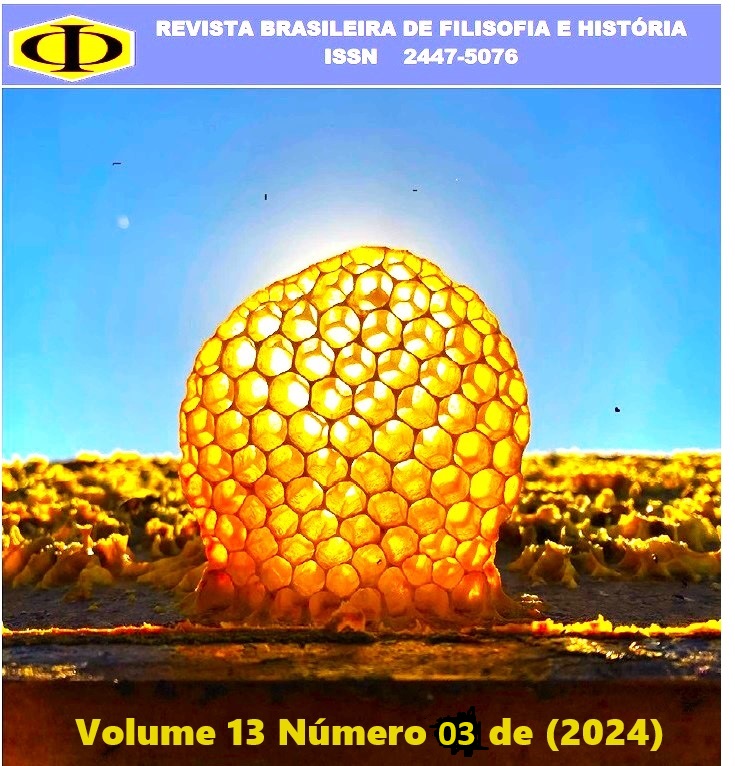The various family entities: from the imposition of recognition to the conclusion that it will not time and the special approach of simultaneous families
DOI:
https://doi.org/10.18378/rbfh.v13i3.11001Keywords:
Various family entities, Eudemonist family, Recognition, Simultaneous familiesAbstract
The family entities that emerged beyond marriage generated, for their recognition, a revolution in family law, so that, today, it is understood as a eudemonistic concept of family. The topicality of the topic, therefore, reveals the usefulness of the study and the interest in the issue. In this light, we intend to expose the issues that are still controversial in the problem – which involves changing paradigms. The various family models are dictated and the conclusion is that there is a basis for their recognition. Next, a general jurisprudential approach and a detailed approach to the topic of simultaneous families are made, which, in this context, gives rise to the greatest discussions. As a methodology, articles obtained through electronic research, doctrinal works, journalistic information material, legislation and jurisprudence database were used. The aim is to reinforce the recognition of the plurality of families and their protection. As a result, the understanding is reached that the constitutional text is open to these new family models and that jurisprudence tends to gradually continue to recognize them.
References
BARROS, Sérgio Resende de. Direitos humanos da família: principais e operacionais. Disponível em: <http://www.srbarros.com.br/artigos.php?TextID=86>. Acesso em: 24 set. 2024.
CONJUR. Disponível em: <https://www.conjur.com.br/dl/amanteamada.pdf>. Acesso em: 29 nov. 2017.
CONSELHO NACIONAL DE JUSTIÇA. Disponível em: <http://www.cnj.jus.br/busca-atos-adm?documento=2504>. Acesso em: 28 nov. 2017.
DIAS. Maria Berenice. Manual de direito das famílias. 12 ed. São Paulo: RT, 2017. p. 797.
LOBO, Paulo. Socioafetividade: O estado da arte no direito de família brasileiro. RJBL, 2015.1.
NERY, Rosa Maria de Andrade. Manual de direito civil: família. 5 ed. São Paulo: RT, 2007. p. 197
PERROT, Michelle. O nó e o ninho, Revista Veja, 25 anos: Reflexões para o futuro. São Paulo: 1993, p. 81.
SUPERIOR TRIBUNAL DE JUSTIÇA. Disponível em: <http://www.stj.jus.br/SCON/jurisprudencia/doc.jsp?livre=1183378&b=ACOR&p=true&t=JURIDICO&l=10&i=8>. Acesso em: 24 set. 2024.
SUPERIOR TRIBUNAL DE JUSTIÇA. Disponível em: <http://www.stj.jus.br/SCON/jurisprudencia/doc.jsp?livre=57606&b=ACOR&p=true&t=JURIDICO&l=10&i=6>. Acesso em: 28 nov. 2017.
SUPERIOR TRIBUNAL DE JUSTIÇA. Disponível em: < https://www.stj.jus.br/sites/portalp/Paginas/Comunicacao/Noticias/2023/08102023-Familias-e-familias-consequencias-juridicas-dos-novos-arranjos-familiares-sob-a-otica-do-STJ.aspx>. Acesso em: 24 set. 2024.
SUPREMO TRIBUNAL FERERAL. Disponível em: <http://www.stf.jus.br/portal/ jurisprudencia/listarJurisprudencia.asp?s1=%28397762%29&base=baseRepercussao&url=http://tinyurl.com/jv5fm78>. Acesso em: 28 nov. 2017.
WELTER, Belmiro Pedro. Estatuto da União Estável. São Paulo: Síntese, 2003. p. 219.
Downloads
Published
How to Cite
Issue
Section
License
Copyright (c) 2024 Letícia Oliveira Mesquita

This work is licensed under a Creative Commons Attribution-NonCommercial-NoDerivatives 4.0 International License.
Esta é uma revista de acesso livre, onde, utiliza o termo de cessão seguindo a lei nº 9.610/1998, que altera, atualiza e consolida a legislação sobre direitos autorais no Brasil.
Autores que publicam na Revista Brasileira de Filosofia e História (RBFH) concordam com os seguintes termos:
O(s) autor(es) doravante designado(s) CEDENTE, por meio desta, cede e transfere, de forma gratuita, a propriedade dos direitos autorais relativos à OBRA à Revista Brasileira de Filosofia e História (RBFH), representada pelo Grupo Verde de Agroecologia e Abelhas (GVAA), estabelecida na Rua João Pereira de Mendonça , 90 Bairro Petropolis em Pombal - PB doravante designada CESSIONÁRIA, nas condições descritas a seguir: 1. O CEDENTE declara que é (são) autor(es) e titular(es) da propriedade dos direitos autorais da OBRA submetida. 2. O CEDENTE declara que a OBRA não infringe direitos autorais e/ou outros direitos de propriedade de terceiros, que a divulgação de imagens (caso as mesmas existam) foi autorizada e que assume integral responsabilidade moral e/ou patrimonial, pelo seu conteúdo, perante terceiros. O CEDENTE cede e transfere todos os direitos autorais relativos à OBRA à CESSIONÁRIA, especialmente os direitos de edição, de publicação, de tradução para outro idioma e de reprodução por qualquer processo ou técnica através da assinatura deste termo impresso que deverá ser submetido via correios ao endereço informado no início deste documento. A CESSIONÁRIA passa a ser proprietária exclusiva dos direitos referentes à OBRA, sendo vedada qualquer reprodução, total ou parcial, em qualquer outro meio de divulgação, impresso ou eletrônico, sem que haja prévia autorização escrita por parte da CESSIONÁRIA.













